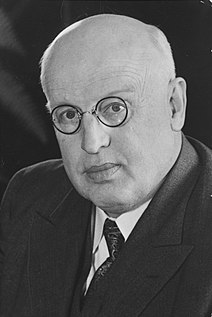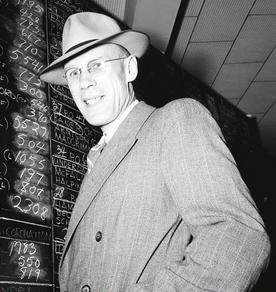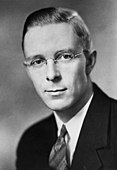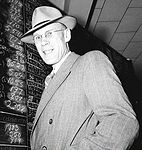
Politics of Alberta are centred on a provincial government resembling that of the other Canadian provinces, namely a constitutional monarchy and parliamentary democracy. The capital of the province is Edmonton, where the provincial Legislative Building is located.

The Alberta Alliance was a right wing provincial political party in Alberta, Canada. Many of its members were supporters of the defunct Canadian Alliance federal political party and its predecessor, the Reform Party of Canada. Members also joined from such other provincial fringe parties as the Alberta First Party, the Alberta Party and Social Credit. Alliance supporters tended to view themselves as "true conservatives", and believed the Progressive Conservative government of Premier Ed Stelmach to be out of touch with the needs of Albertans.

The Alberta general election of 1921 was the fifth general election for the Province of Alberta, Canada. It was held on July 18, 1921, to elect members to the 5th Alberta Legislative Assembly. It was one of only four times that Alberta has changed governments.

The Alberta general election of 1940 was the ninth general election for the Province of Alberta, Canada, was held on March 21, 1940, to elect members of the Legislative Assembly of Alberta.

The Alberta general election of 1948 was the eleventh general election for the Province of Alberta, Canada. It was held on August 17, 1948, to elect members of the Legislative Assembly of Alberta.

The Alberta general election of 1955 was the thirteenth general election for the Province of Alberta, Canada. It was held on June 29, 1955, to elect members of the Legislative Assembly of Alberta.

The Alberta general election of 1959 was the fourteenth general election for the Province of Alberta, Canada. It was held on June 18, 1959, to elect members of the Legislative Assembly of Alberta.

Rocky Mountain House was a provincial electoral district in Alberta, Canada. The district was one of 83 current districts mandated to return a single member to the Legislative Assembly of Alberta using the first past the post method of voting since 1959. Prior to that Single Transferable Vote was in use but no election went to a second count.

Calgary was a provincial electoral district in Alberta, Canada that existed from 1905 to 1913 and was recreated from 1921 to 1959. The district returned from one to six members to the Legislative Assembly of Alberta. The district largely encompassed the boundaries of the City of Calgary, and was revised accordingly as the city grew.
Communist Party – Alberta is a provincial political party in Alberta, Canada. It is a provincial branch of the Communist Party of Canada.
The Edmonton provincial electoral district existed in two incarnations from 1905 - 1909 and again from 1921 - 1955, with the city broken up into multiple constituencies in the other time-periods. The district was created when Alberta became a province, to encompass residents of the city of Edmonton on the northside of the North Saskatchewan River For a time, it was one of three multi-member constituencies in the province's history, the others being Calgary and Medicine Hat.

Elmer Ernest Roper was a politician in Alberta, Canada. He served as leader of the Alberta Co-operative Commonwealth Federation, the mayor of Edmonton, and a member of the Legislative Assembly of Alberta. He was also a candidate for the House of Commons of Canada.
The Alberta Unity Movement, also known as the Independent Movement and later the Independent Citizen's Association, the People's League, was a political movement and lobby group in Alberta, Canada formed in 1937 in an attempt to unite the opposition against the Social Credit government of William Aberhart. It was created as a lobby group to promote independent candidates before the 1940 general election. The Conservative and Liberal parties, and the more conservative remnants of the United Farmers, recognizing the widespread popularity of the Social Credit party, ran joint candidates as independents in what was called the "Independent Movement" or the "Unity Movement". Calgary mayor Andrew Davison was named leader.
Red Deer was a provincial electoral district representing the city of Red Deer, Alberta in the Legislative Assembly of Alberta from 1905 to 1986. The district was split into Red Deer North and Red Deer South in 1986.
The Leader of Her Majesty's Opposition has been a position in the Legislative Assembly of Alberta since 1905.
Alfred Speakman was a politician from Alberta, Canada.

Alban Erskine MacLellan was a railway foreman and a provincial politician from Alberta, Canada. He served as a member of the Legislative Assembly of Alberta from 1935 to 1940 sitting with the Social Credit caucus in government.

The Alberta First Party was a Albertan separatist political party in Alberta, Canada. It went through several iterations before becoming its current incineration as the Freedom Conservative Party.


















